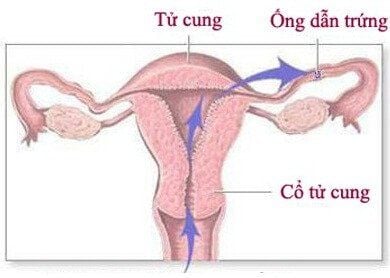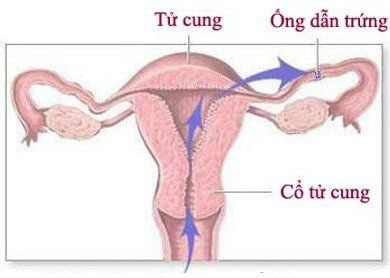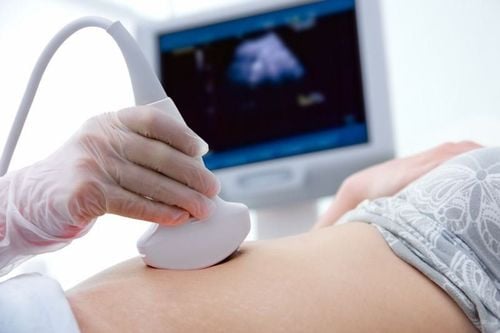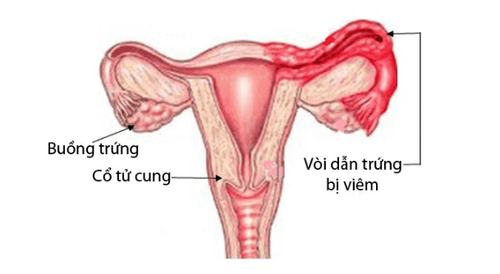This is an automatically translated article.
The article was professionally consulted by Specialist Doctor I Le Thi Phuong - Department of Obstetrics and Gynecology - Vinmec Ha Long International Hospital. Dr. Le Thi Phuong has 29 years of experience in the field of obstetrics and gynecology.Fallopian tubes are reproductive organs that play an important role during pregnancy. The tube helps to move the fertilized egg from the ovary to the uterus for implantation and development. Therefore, tubal preservation for women with ectopic pregnancy is vital in maintaining fertility.
1. What are fallopian tubes?
The fallopian tube, also known as the fallopian tube, is a female reproductive organ. In a woman's body, there are 2 fallopian tubes, each with a length of 9-12 cm. Fallopian tubes connect to the uterus and ovaries.The role of the fallopian tube is to move the fertilized egg in the ovary to the uterus for implantation and development into an embryo. Because the egg cannot move on its own, the fallopian tubes with a system of cilia make the process easier. If the fallopian tubes are infected, scarring will affect the movement of eggs and sperm. The fertilized egg cannot move to the uterus, which will lead to an ectopic pregnancy, causing many potentially dangerous complications if not detected and treated early.
2. What is an ectopic pregnancy?
The normal site of conception is in the lateral third of the fallopian tube (balloon portion of the fallopian tube). Once fertilized, the egg moves to the uterus to implant and develop. For some reason, the egg moves slowly or cannot travel to the uterus before the egg develops into an embryo and forms a placenta. When the gestational sac has developed into an embryo and has a placenta, it will attach to the wall of the fallopian tube and implant in the fallopian tube, which is called an ectopic pregnancy. Because the structure of the endometrium of the fallopian tube is not the same as that of the endometrium, there is an increased risk of bleeding and rupture of the fallopian tube as the size of the fetal mass increases.A high risk of ectopic pregnancy occurs in women with pelvic inflammatory disease, adhesions of the fallopian tubes, a history of ectopic pregnancy, a history of abortion. In addition, there are a number of other factors such as smoking, using drugs, having sex with many partners or having sex at a young age like adolescence.

3. Subjects applying fallopian tube preservation method
The conservative treatment of the fallopian tubes in ectopic pregnancy is applied to the following women:Past the time indicated for medical treatment Desire to get pregnant again Women who have never had a baby History of surgery Previous surgery has removed one fallopian tube
4. Fallopian tube-conserving surgery with ectopic pregnancy
Tubal-conserving treatment is performed by laparotomy or laparoscopic surgery. However, now with many outstanding advantages, laparoscopic surgery has more options for patients.The surgery is performed through the following steps in turn:
Longitudinal incision at the free border of the fallopian tube to remove all the fetal mass and the placenta. After surgery, patients continue to be prescribed combination therapy with 1 dose of Methotrexate IM and monitor Beta hCG until no more. or below 5mUI/ml. Usually this index returns to normal 12-14 days after surgery.
5. Complications after tubal-conserving surgery

6. Follow-up of tubal-conserving surgery patients
Follow-up of patients after tubal-conserving surgery helps to assess the ability of the fallopian tubes to recover and the degree of circulation. Therefore, the patient is assigned to take a hysteroscopy - the fallopian tubes with contrast injected into the uterine cavity through the vagina. The test is indicated to evaluate abnormalities in the uterine cavity and fallopian tubes through contrast images taken after injection. The best time to have a hysterectomy - fallopian tubes is on the 8th - 10th day from the first menstrual period, 3 months after the surgery. Based on the degree of contrast enhancement in the fallopian tubes, the possibility of circulation is assessed from blocked, semi-obstructed to good communication.7. Prevention of recurrent ectopic pregnancy
To plan well for the next pregnancy, minimize the risk of ectopic pregnancy again, a woman needs to do:Check, detect and treat inflammatory diseases at the organ. genitals, reproduction Use safe birth control to prevent pregnancy for 6 months to 1 year after surgery
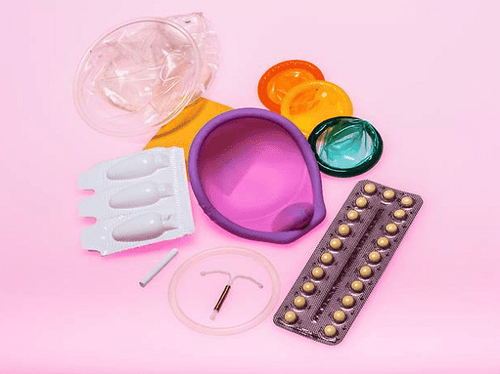
Faculty of Fetal Medicine has successfully implemented advanced prenatal screening methods, helping to screen for complications for pregnant women; Timely detection and intervention of some abnormalities in the fetus such as ectopic pregnancy from very early weeks of pregnancy.
Please dial HOTLINE for more information or register for an appointment HERE. Download MyVinmec app to make appointments faster and to manage your bookings easily.





